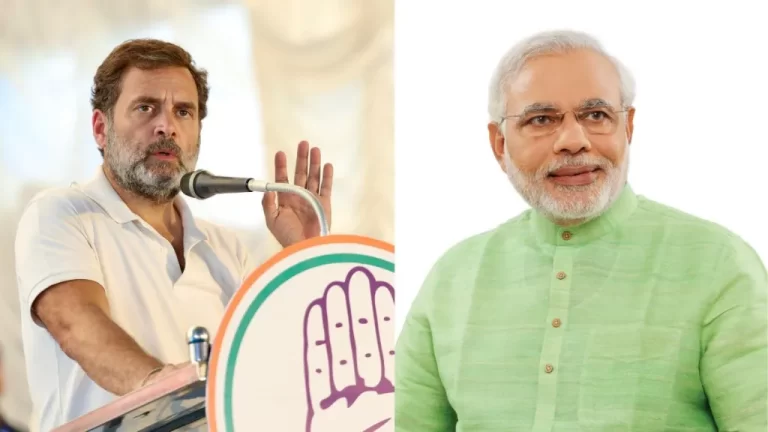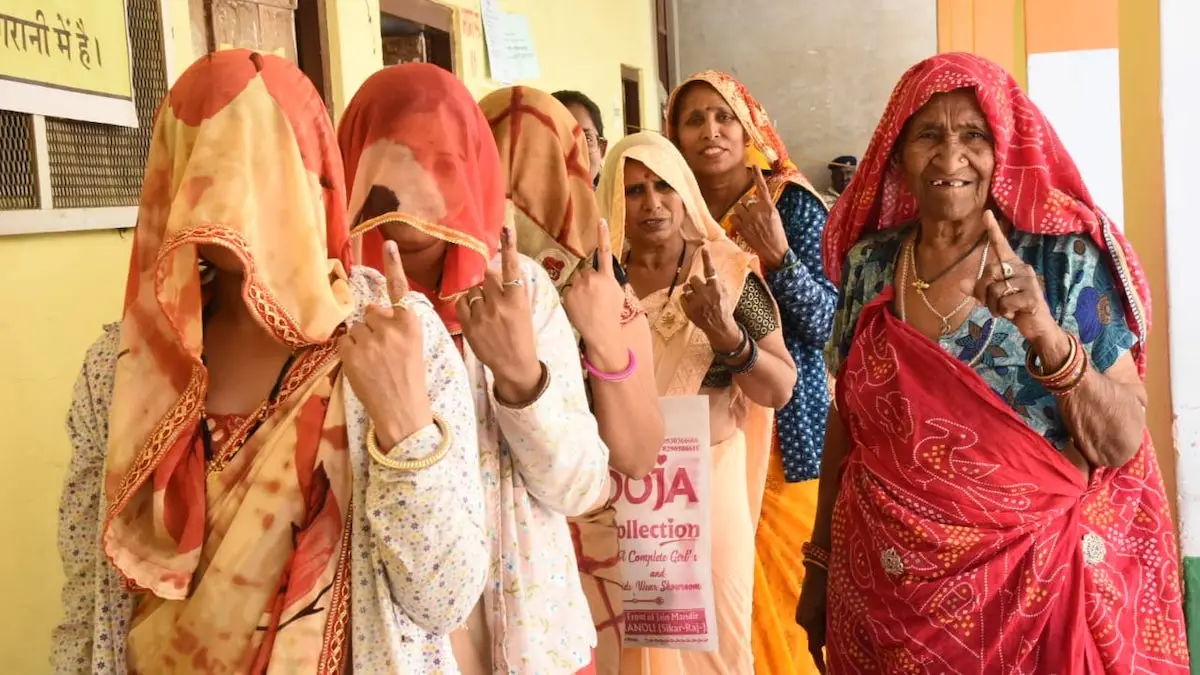
As polls begin in India, the world’s largest democracy, all eyes are on PM Modi for an anticipated historic third term.
Monitoring Desk
The world’s largest, most complex exercise in democracy began on Friday, as India, – also the world’s most populous nation – went to the polls to elect 543 representatives to its lower house of Parliament, the Lok Sabha. India has 968 million voters, more than the populations of the United States, the European Union, and Russia combined. Incumbent Prime Minister, Narendra Modi of the Bharatiya Janata Party (BJP), is expected to win his third consecutive 5-year term, equaling the record of India’s first PM, Jawaharlal Nehru.
The elections for the 18th Lok Sabha will be held in seven phases, with results expected on June 4. Friday’s vote, the largest phase, covered 166 million voters in 102 constituencies across 21 states and Union Territories (UTs), including Tamil Nadu in the south; Uttarakhand and parts of Uttar Pradesh in the north; parts of West Bengal in the east, and Assam, Manipur, Tripura, Arunachal Pradesh, and Sikkim in the Northeast.
The first phase saw a 62 percent voter turnout, with the highest turnout being in the northeastern state of Tripura, at 80 percent. This was a tad lower than the 69 percent turnout recorded in the first phase of the 2019 elections.
 The next phase of polling will be held on April 26 and will cover 89 parliamentary constituencies across 13 states. Uttar Pradesh, which has the largest number of the Parliamentary constituencies (80), will see polling in all seven phases.
The next phase of polling will be held on April 26 and will cover 89 parliamentary constituencies across 13 states. Uttar Pradesh, which has the largest number of the Parliamentary constituencies (80), will see polling in all seven phases.
Over 500 political parties are reportedly registered for this election. But the primary faceoff will be between the ruling National Democratic Alliance (NDA) led by the BJP and the opposition Indian National Developmental Inclusive Alliance (INDI Alliance), helmed by Rahul Gandhi’s Indian National Congress and regional parties, including West Bengal’s ruling All India Trinamool Congress, and Delhi’s Aam Aadmi Party. The NDA is projected to sweep into power, with the BJP expected to win 342 seats and the NDA coalition 399. A party needs 272 seats to govern with a simple majority.
In the last elections in 2019, the BJP won a thumping majority with 303 seats. This time around too, Prime Minister Modi is confident of a historic third term.
As India Currents had reported earlier, Non-Resident Indians (NRIs) who are citizens are eligible to vote in the Lok Sabha elections but have to register and cast their ballot in person in India. Given Modi’s popularity, however, overseas votes are unlikely to affect the outcome.
While India’s rising economy, the inauguration of the Ram Temple in Ayodhya, and Modi’s strong leadership style have galvanized his supporters, his detractors allege an overt Hindutva religiosity and diminishing freedoms of speech and the press.
States that have completed their voting process in the first phase are Uttarakhand, Arunachal Pradesh, Sikkim, Meghalaya, Nagaland, Mizoram, Tamil Nadu and the Union Territories of Puducherry, Andaman and Nicobar Islands and Lakshadweep.
Election 2024 at a glance
970 million voters across 543 constituencies will be going to the polls in 7 phases beginning on April 19 and ending on June 1. Counting on June 4.
Phase 1: 19th April – 102 constituencies in 21 states; key states – Tamil Nadu, Uttarakhand, West Bengal Arunachal Pradesh
Phase 2: April 26 – 89 constituencies in 13 states; key states Rajasthan, Karnataka, Kerala
Phase 3: May 7 – 94 constituencies in 12 states, key states – Gujarat, Maharashtra, Madhya Pradesh, Chattisgarh
Phase 4: May 13 – 96 constituencies, 10 states, key states – Telangana, Andhra Pradesh, Madhya Pradesh, Uttar Pradesh
Phase 5: May 20 – 49 constituencies in 8 states, key states – Uttar Pradesh, Maharashtra, Odisha and Jharkhand
Phase 6: May 25 – 57 constituencies in 7 states, key states – Bihar, Haryana, Uttar Pradesh, West Bengal
Phase 7: 57 constituencies in 8 states, key states – Punjab, Himachal Pradesh, Bihar, Uttar Pradesh, Odisha.
(A report prepared by India Current Staff)
Read: Invisible Threads Of History: Overlooked Contributions Of Pakistan To Indian Democracy
___________________
Courtesy: India Currents (Posted on April 19, 2024)